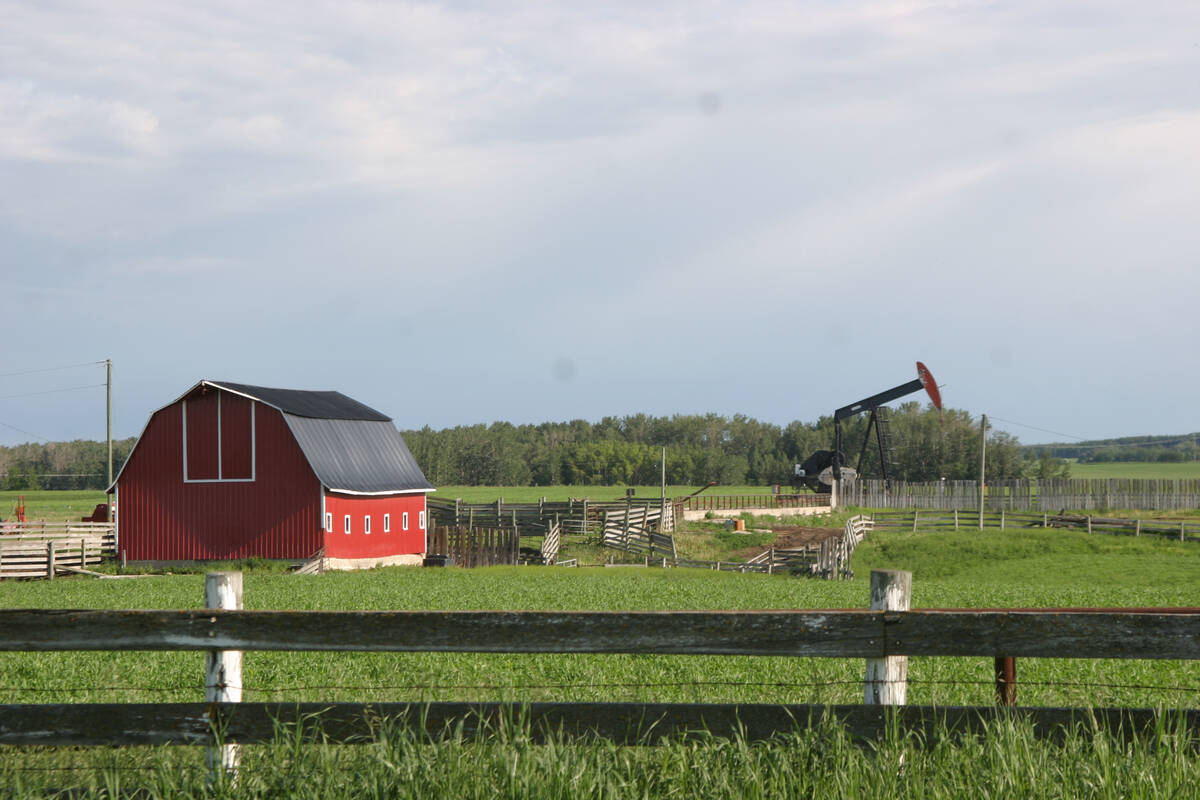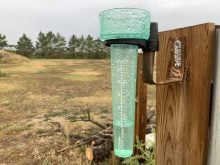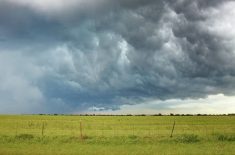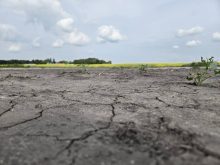Alberta’s crop insurer will pay out a record amount in claims — and that means the 20 per cent premium discount is being scrapped.
Eleven months ago, Agriculture Financial Services Corporation announced it was not only cutting premiums by one-fifth, but would keep the discount for five years barring a “significant wreck.”
But that’s exactly what the drought and intense heat delivered.
“We were in a really strong financial position heading into 2021,” said CEO Darryl Kay. “It was going to be a five-year premium reduction if the system allowed for it. But based on the latest forecast, it does look like it’s no longer possible to offer a discount this year.”
Read Also

Recommendations in the mature assets strategy could cause potential problems for landholders
The Western Stock Growers’ Association urges producers to pay attention to the potential changes to Alberta’s Mature Assets Strategy.
In a typical year, AFSC gets about 3,600 insurance claims — but the 2021 total will be around 8,000 claims, with 5,000 processed as of mid-January, Kay said.
“We’re still working on forecasts and final projections,” said Kay. “It will be the highest payout in our 80-year history. To date, I think we’ve paid out over $1 billion in post-harvest claims, and approximately $500 million hail endorsement claims in the summer as well.
“So combined over $1.5 billion — with a number of claims to process. We know that number is going to be significant.”
Whatever it is, the final figure will dwarf the amount collected in premiums, which Kay has previously said was about $600 million.
“On top of the production losses, we have a program called variable price benefit that pays when the price increases from the spring to the fall. That’s making up a third of our payments as well, so that’s a very significant amount.”
The number of insurance claims is simply “unprecedented,” Kay added.

“We have brought on additional adjusters — we hired 10 adjusters this year, which brings us to over 120 adjusters across the province,” he said. “We will move those adjusters around the province depending on where the need is, so we’re trying to be proactive from that perspective. We’re focusing on some of those post-harvest claims for clients who are feeding grain right now, so we can work through that quickly.”
Jason Saunders is one of those producers who filed a claim.
He said adjusters came to his farm south of Taber in October and he received his compensation payment not long after. Mind you, he was done harvest by the end of August, one of his earliest-ever harvest completions.
“This was not my worst year ever,” said Saunders, who is vice-chair of Alberta Wheat. “What made this drought different is that it was Western Canada-wide. There were very few areas that had good crops.”
As was the case with many producers, things didn’t look bad at first on Saunders’ cereal, pulse and oilseed operation.
“It was a drier spring with a lot of wind, which did not help very much,” he said. “We did start out OK, which is how we ended up with some crops.”
Yields for his lentils and flax were only down about a quarter from usual, but other crops on his dryland operation produced only about one-third of normal yields.
Although there is still a large number of claims to be processed, the scale of the disaster has to be taken into account, said Saunders.
“I can’t say crop insurance or AFSC didn’t do a decent job,” he said. “They have a job to do (and) manual verification is very time consuming.”
Among the duties of a crop insurance adjuster are to verify the number of acres insured, confirm the acres harvested, and determine the quantity and quality of the crop harvested by sampling storage facilities and reviewing production sales receipts.
Kay said his organization is not only focused on processing the remaining claims as quickly as possible but also on trying to make sure producers are aware of the cash flow advances that they can receive.
“We have tried to reach out to clients — we have about 80 per cent of all our clients in a claim position this year,” he said. “Someone from a branch office should be reaching out to all those individuals who are in a claim position and talking to them about advances. I think over 95 per cent of our clients will qualify for an advance.”
There is also an option called “payment by declaration.”
“It depends on criteria that needs to be met, the size of the claim and things like that,” said Kay. “But there’s an opportunity for us to pay by declaration as well, so we don’t have to do a farm inspection.
“We may come back and do some audits on those, just to make sure everything is accurate, but the focus right now is to try and get cash out to producers on a timely basis.”
In July, AFSC also increased what’s called a low-yield allowance in order to create an incentive for producers by doubling the threshold for salvaging and feeding crops to livestock.
Kay said he is already focused on 2022 — and the prospect that dry conditions will continue in the coming growing season.
“We often have back-to-back difficult years,” he said. “We know that we’ll be looking to get moisture when we move into the spring. So we know that quite often when you finish a year like we just went through that dry conditions persist.”
Kay is urging producers to check out the insurance programs offered by AFSC and call their local office.
(AFSC insurance covers “perils” such as drought, excess moisture, frost and hail and for most crops, producers can select coverage levels of 50, 60, 70 or 80 per cent. Premium rates vary according to crop type, risk area, cropping practice and selected coverage level. Program details can be found at afsc.ca.)
While the drought put “incredible strain” on everyone in the province’s agriculture industry, it also showed its strength and spirit, said Kay.
“Whenever you get through a challenging year, you tend to get caught up in the negative things,” he said. “But for me, it really highlighted the resiliency of producers and our staff.”
– With staff files
















